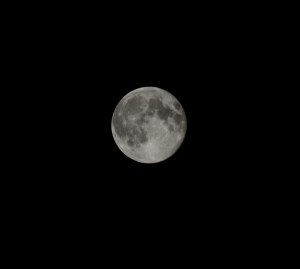Spring officially begins!

An extremely rare event will take place shortly after 2 a.m. EDT on Thursday, March 20. An asteroid known as 163 Erigone will pass in front of the bright star Regulus in the constellation of Leo, causing the star to disappear. A stellar occultation (pronounced “occ-kull-tay-shun”) occurs when the Moon, an asteroid or another planetary body eclipses a star, momentarily blocking its light. This event will be visible along a 45-mile-wide path and is predicted to begin at 2:07 a.m. Eastern Daylight Time. The asteroid’s shadow will move on a southeast-to-northwest path that will extend from New York City to Oswego in New York State and continue northwest into Ontario, Canada. For those in the center of this path, the star will remain invisible for 12 seconds.
Read more about the Occultation of Regulus. If you’re up for it, help IOTA (International Occultation Timing Association, you already knew that, didn’t you?) by observing this rare event and reporting back!
A total lunar eclipse occurs when the Moon passes completely through the Earth’s dark shadow, or umbra. During this type of eclipse, the Moon will gradually get darker and then take on a rusty or blood red color. The eclipse will be visible throughout most of North America, South America, and Australia.
See a detailed map of the Total Lunar Eclipse here.

The Lyrids is considered an average shower, but here at Live Seasoned we think all meteor showers are beyond amazing. The Lyrids usually produce about 20 meteors per hour at its peak. It is produced by dust particles left behind by comet C/1861 G1 Thatcher, which was discovered in 1861. The shower runs annually from April 16-25, but we encourage you to venture outside during its peak on the night of the 22nd and morning of the 23rd. These meteors can sometimes produce bright dust trails that last for several seconds. The second quarter moon will be a bit of a problem this year, blocking the less bright meteors from view. The moon basically acts as natural light pollution. Don’t let this deter you though, go find a dark spot sometime after midnight. Lay back on a reclining lawn chair or comfortable blanket and get to gazin’. Meteors will radiate from the constellation Lyra, but can appear anywhere in the sky. Good luck!
For a little bit of background about Lyrid Meteor Shower head here.
Love your mama.
